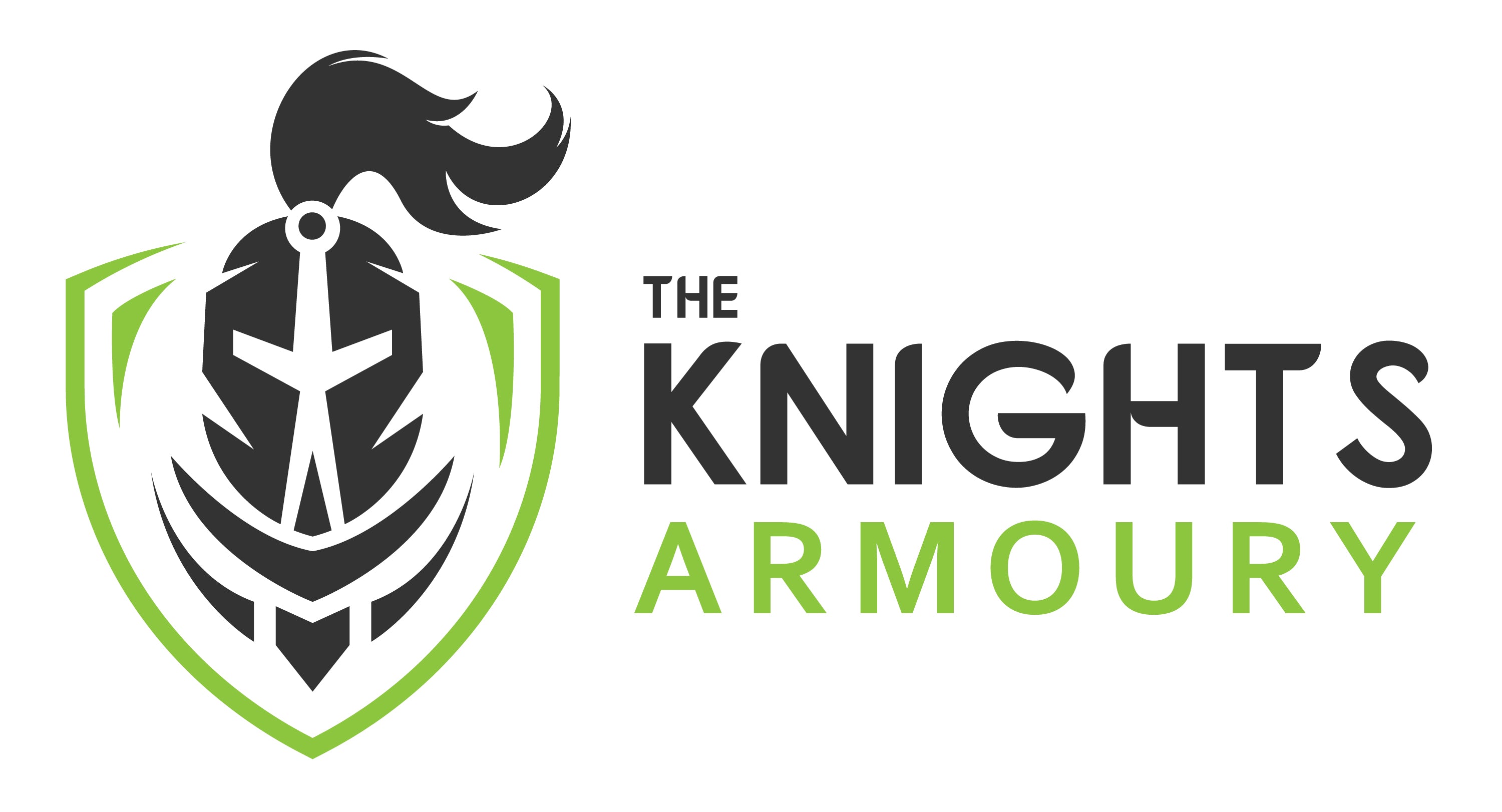In the world of martial arts, Historical European Martial Arts (HEMA) stands out as a unique discipline that bridges the gap between ancient combat techniques and modern-day practice. Rooted in historical manuscripts, centuries-old traditions, and cultural heritage, HEMA enthusiasts delve deep into the past to revive, study, and preserve forgotten martial arts techniques. Let's explore how HEMA takes inspiration from history, embracing the richness of European martial traditions.
The Legacy of Historical European Martial Arts
At the heart of HEMA lies a rich legacy of martial traditions that date back to medieval and Renaissance Europe. Knights, swordsmen, and warriors of old honed their skills in combat, documenting techniques, principles, and strategies in manuscripts that serve as invaluable historical records. These manuscripts, often illustrated with detailed drawings and descriptions, provide a window into the martial arts practices of bygone eras.
Reviving Ancient Techniques
One of the primary goals of HEMA practitioners is to revive and reconstruct ancient martial techniques based on historical sources. By studying period-specific manuscripts, treatises, and fencing manuals, HEMA enthusiasts gain insights into the combat styles, weapon use, and tactical approaches of historical warriors. They meticulously analyze the techniques, footwork, guards, strikes, and defensive maneuvers depicted in these manuscripts, striving for authenticity and accuracy in their practice.
Historical Manuscripts as Primary Sources
Historical manuscripts serve as primary sources of knowledge for HEMA practitioners, offering direct insights into the martial arts of past centuries. These manuscripts are meticulously studied, translated, and interpreted to extract valuable information about combat techniques, weapon usage, training methods, and martial philosophies. By delving into these ancient texts, HEMA practitioners connect with the martial traditions of their ancestors, preserving a cultural heritage that spans generations.
Weapons of Historical European Martial Arts
HEMA encompasses a wide range of weapons and combat styles, each with its own historical significance and martial techniques. Some of the prominent weapons studied and practiced in HEMA include:
-
Longsword (Bastard Sword): The longsword is a versatile two-handed sword with a rich tradition in European martial arts. HEMA practitioners study longsword techniques from various historical sources, learning to execute thrusts, cuts, guards, and grappling techniques with precision and skill.
-
Rapier and Dagger: The rapier, a slender and agile thrusting sword, often accompanied by a dagger or parrying weapon, is a staple of Renaissance fencing. HEMA practitioners explore rapier techniques, counter-movements, parries, and intricate blade work, reflecting the elegant duelling styles of the past.
-
Polearms and Halberds: Polearms, such as spears, halberds, and poleaxes, were common battlefield weapons in medieval Europe. HEMA enthusiasts study polearm techniques, stances, thrusts, sweeps, and defensive manoeuvres, gaining insights into historical warfare strategies and tactics.
-
Dagger and Buckler: The combination of a dagger and a small shield known as a buckler was prevalent in close-quarters combat. HEMA practitioners learn dagger fighting techniques, parrying drills, ripostes, and grappling techniques suited for confined spaces and defensive scenarios.
-
Wrestling and Unarmed Combat: HEMA encompasses wrestling and unarmed combat techniques derived from historical treatises and manuals. Practitioners study grappling, throws, joint locks, strikes, and ground fighting methods used in medieval and Renaissance martial arts.
HEMA Training Methods
HEMA training methods blend historical accuracy with modern training principles to create a holistic approach to martial arts education. Key aspects of HEMA training include:
-
Historical Accuracy: HEMA practitioners strive for historical accuracy in their techniques, equipment, attire, and training environments. They research historical contexts, cultural influences, and period-specific martial traditions to inform their practice.
-
Sparring and Drills: Sparring sessions and drilling exercises are integral to HEMA training, allowing practitioners to apply learned techniques in dynamic, simulated combat scenarios. Sparring partners engage in controlled bouts, practicing offensive and defensive manoeuvres, timing, distance management, and tactical decision-making.
-
Solo Forms and Kata: HEMA practitioners learn solo forms, kata, or choreographed sequences that showcase a series of techniques, transitions, and combinations. Solo forms help reinforce muscle memory, fluidity of movement, and technical proficiency in weapon handling and footwork.
-
Safety Equipment: Due to the nature of weapon-based combat, HEMA training emphasizes safety precautions and protective gear. Practitioners use padded jackets, fencing masks, gloves, knee pads, and other protective equipment to minimize the risk of injuries during sparring and training sessions.
-
Historical Context and Research: HEMA training goes beyond physical techniques, encouraging practitioners to delve into historical research, manuscript analysis, and theoretical studies. Understanding the cultural, social, and martial contexts of historical European martial arts enhances practitioners' knowledge and appreciation of HEMA.
The Evolution of HEMA
While rooted in historical traditions, HEMA continues to evolve and adapt to modern practices, research methodologies, and teaching approaches. Contemporary HEMA organizations, schools, and communities collaborate to share knowledge, host workshops, organize tournaments, and promote the growth of HEMA worldwide. This collaborative spirit fosters a vibrant community of HEMA enthusiasts dedicated to preserving, studying, and reviving Europe's martial heritage.
The Cultural and Educational Impact of HEMA
Beyond martial skills, HEMA has a profound cultural and educational impact, enriching individuals' understanding of history, warfare, craftsmanship, and martial arts philosophy. HEMA practitioners develop a deep respect for historical traditions, cultural diversity, and the martial ethos of past warriors. They also engage in educational outreach, public demonstrations, and academic discussions, contributing to the broader appreciation of historical European martial arts.
Conclusion: Embracing History in Modern Martial Arts
In conclusion, Historical European Martial Arts (HEMA) embodies a unique blend of historical exploration, martial skills, cultural heritage, and modern practice. By drawing inspiration from historical manuscripts, reconstructing ancient techniques, and fostering a community of passionate practitioners, HEMA connects us with Europe's martial past while shaping the future of modern martial arts. Embracing history in HEMA isn't just about learning combat techniques; it's about preserving a legacy, honouring traditions, and embarking on a journey of discovery through the ages.

